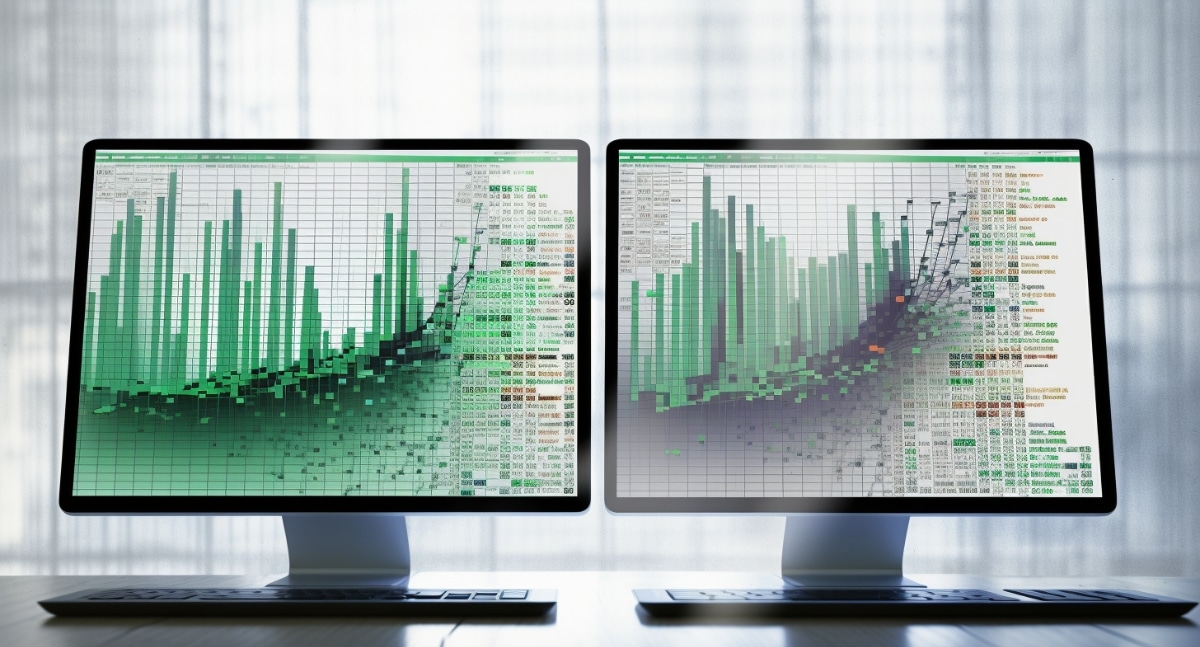5 Steps to Create Excel Sheets with Sequential Tabs

Are you tired of manually creating multiple Excel sheets one by one? Whether for budgeting, scheduling, or any other form of data organization, having a workbook with sequential tabs can streamline your workflow significantly. In this comprehensive guide, we'll walk through five straightforward steps to automate the process of creating Excel sheets with sequential tabs, saving you time and enhancing your productivity.
Step 1: Setting Up Your Excel Workbook

Before you dive into creating sequential tabs, setting up your Excel workbook correctly is crucial. Here's how you can do it:
- Open Microsoft Excel - Ensure you have Microsoft Excel installed and open a new or existing workbook.
- Save Your Workbook - Go to File > Save As and choose a location where you want to save your Excel file. It's important to save your work regularly to avoid losing data.
Why Save Your Workbook?

Saving your workbook not only prevents data loss but also ensures that your macro settings are retained for future use.
Step 2: Use VBA for Automation

Visual Basic for Applications (VBA) is Excel's programming language that allows for automation. Here's how to use VBA to create sequential tabs:
Access VBA Editor: You can access the VBA editor by pressing Alt + F11 or by going to Developer > Visual Basic. If the Developer tab isn't visible, you can enable it via Excel Options.
Create a New Module: In the VBA editor, insert a new module by right-clicking on any of your workbook's objects in the Project Explorer window, selecting Insert > Module.
Input the VBA Code: Copy and paste the following VBA code into the module:
Sub CreateSequentialTabs()
Dim i As Integer
Dim sheetName As String
For i = 1 To 12 ' Number of sheets you want to create
sheetName = "Sheet" & Format(i, "00")
Sheets.Add After:=Sheets(Sheets.Count)
ActiveSheet.Name = sheetName
Next i
End Sub
This code will create 12 sheets with names like Sheet01, Sheet02, ... up to Sheet12.
🔍 Note: Adjust the loop count to match the number of sheets you require.
Step 3: Assigning Your Macro

After writing your VBA code, you'll need to assign it to a button or an existing Excel command:
- Create a Button: Go to Developer > Insert, choose the button icon under Form Controls, draw it on your worksheet, and link it to your CreateSequentialTabs macro.
- Run the Macro: You can also run the macro from the VBA editor by pressing F5 while inside the module or via Developer > Macros, selecting your macro and hitting "Run".
Step 4: Enhancing Your Sequential Sheets

Now that you have your sequential tabs, you might want to enhance them with content or formatting:
- Custom Formatting: Apply unique formatting to each sheet, like colors, fonts, or layout settings to differentiate them visually.
- Copy-Paste Content: If you have a template or specific content for these sheets, use VBA to copy and paste this content across all newly created tabs.
- Naming Sheets Dynamically: Consider renaming the sheets dynamically based on content or a predetermined sequence (e.g., Month names, Week numbers).
Enhancing Example:

Here's an example of how you might name sheets after months:
Sub NameSheetsAfterMonths()
Dim months As Variant
months = Array("January", "February", "March", "April", "May", "June", "July", "August", "September", "October", "November", "December")
Dim i As Integer
For i = 1 To 12
Sheets(i).Name = months(i - 1)
Next i
End Sub
📌 Note: Ensure sheet names do not exceed 31 characters and are unique to avoid errors.
Step 5: Manage and Maintain Your Sequential Sheets

Once your sheets are in place, proper management is key:
- Regular Backups: Save and back up your workbook regularly to avoid data loss.
- Keep Tabs Organized: Consider grouping or color-coding your tabs for better navigation, especially if your workbook grows.
- Automate Further: Explore additional VBA scripts for automating tasks like data entry, calculations, or formatting across all sheets.
🔓 Note: Remember, VBA can be powerful but should be used cautiously to avoid macros breaking your workbook or causing unintended changes.
By following these five steps, you've not only automated the creation of sequential sheets in Excel but also set a foundation for efficient data management. Whether for financial tracking, project management, or any other organizational task, these techniques will allow you to work smarter, not harder.
Excel offers a plethora of functionalities, and with tools like VBA, you can tailor these features to your specific needs. This approach not only saves time but also reduces the likelihood of errors that come with manual input. Remember, the true power of Excel lies in its customization, making it an invaluable tool in any data-driven environment.
How can I ensure my VBA macros run smoothly?

+
To ensure VBA macros run smoothly, always debug your code by stepping through it line by line using the F8 key in the VBA editor. Also, enable macro settings for your workbook by going to File > Options > Trust Center > Trust Center Settings > Macro Settings and selecting “Enable all macros with notification.”
Can I create a macro for any number of sheets?

+
Yes, by modifying the loop range in the VBA code, you can create any number of sheets. Simply change the upper limit of the loop to match the number of sheets you need.
How do I protect my sheets from accidental changes?

+
You can protect sheets using VBA by adding a line like ActiveSheet.Protect Password:=“yourpassword”, DrawingObjects:=True, Contents:=True, Scenarios:=True within your macro, where “yourpassword” is the password you want to use for protection.



